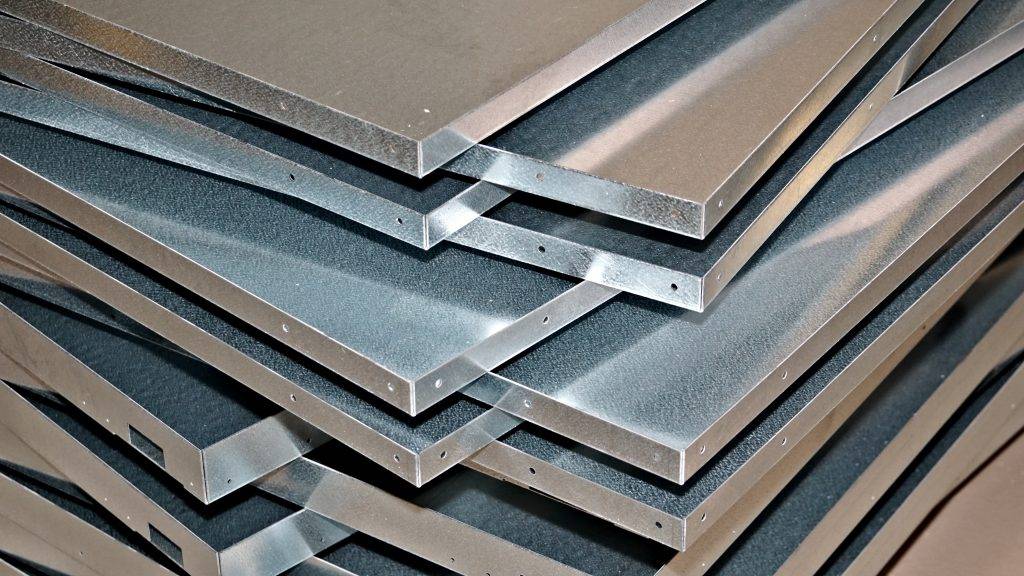
When it comes to precision in metal fabrication, the integrity of your metal parts relies heavily on the accuracy of the fabrication process. Metal fabricators in Toronto understand that delivering high-quality products means utilizing cutting-edge technology and refined techniques. Today, we’ll explore the various precision techniques used in custom metal fabrication and how they ensure top-notch outcomes for diverse applications in custom sheet metal fabrication.
The Precision Power of Laser Cutting
Laser cutting stands out as a game-changer in the world of custom metal fabrication. It’s not just about slicing through metal; it’s about doing so with unparalleled accuracy. Laser cutting technology enables metal fabricators in Toronto to achieve intricate designs and exact specifications. Whether dealing with thin gauge aluminum or thick stainless steel, laser cutting delivers precise results every time.
One of the key advantages of laser cutting is its versatility. It can handle a variety of materials including aluminum, brass, copper, and stainless steel. This adaptability is crucial for projects requiring detailed cuts and complex geometries. Moreover, laser cutting minimizes waste and maximizes efficiency, making it a cost-effective solution for custom metal fabrication.
CNC Machining: The Art of Precision
CNC (Computer Numerical Control) machining is another cornerstone of precision in metal fabrication. This technology allows for the automated control of machining tools via computer programming. The result? Consistency, accuracy, and the ability to produce complex parts with tight tolerances.
CNC machining is particularly beneficial for stainless steel fabrication, where precision is critical. From creating intricate components to mass-producing parts, CNC machines ensure that each piece meets exacting standards. This technique also reduces human error, ensuring that every product is fabricated to perfection.
Waterjet Cutting: Precision without Heat
Waterjet cutting offers a unique approach to precision fabrication. Using a high-pressure stream of water mixed with abrasive particles, this technique cuts through metal without generating heat. This cold cutting process eliminates the risk of heat-affected zones, which can alter the properties of the metal.
Waterjet cutting is ideal for materials that are sensitive to high temperatures, such as certain alloys and composites. It also provides smooth edges and precise cuts, making it a preferred method for projects that demand high-quality finishes.
Precision in Bending and Forming
Bending and forming are essential techniques in custom sheet metal fabrication. Precision in these processes ensures the structural integrity and aesthetic appeal of the final product. Techniques such as press brake bending, roll forming, and stretch forming allow fabricators to shape metal with exacting accuracy.
Accurate bending and forming are critical for applications where precise angles and dimensions are necessary. Whether it’s creating components for industrial machinery or parts for architectural projects, precision in bending and forming ensures that each piece fits perfectly and performs reliably.
Quality Control: The Backbone of Precision
Ensuring precision in custom metal fabrication doesn’t end with cutting and forming. Rigorous quality control is vital to maintaining high standards. Techniques such as dimensional inspection, surface inspection, and non-destructive testing help identify any deviations from specifications. Quality control ensures that every fabricated part meets the required standards and functions as intended.
Partner in Precision
At Weldflow Metal Products, we take pride in our commitment to precision. Our advanced techniques and state-of-the-art equipment ensure that we deliver high-quality custom sheet metal fabrication tailored to your needs. Whether you’re in need of intricate designs, precise cuts, or robust components, we’ve got you covered. Contact us today to discuss your project and discover how we can bring your vision to life with unparalleled precision.
 1-866-848-3641
1-866-848-3641 sales@weldflowmetal.com
sales@weldflowmetal.com

